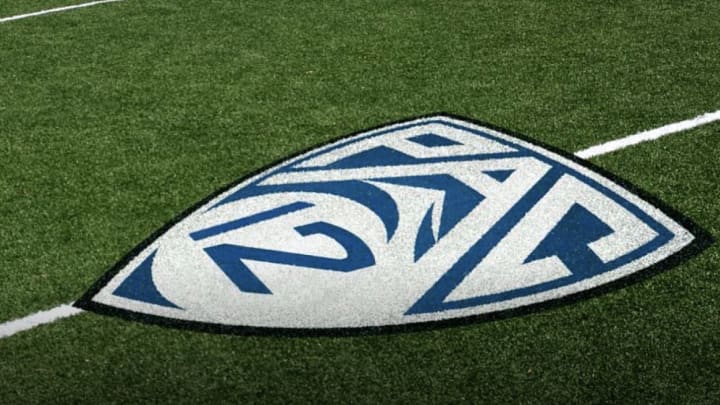Power 5 Schools Agree to NCAA Antitrust Settlement & Revenue Sharing

In this story:
College athletics have not been an amateur endeavor for years now, but as of Thursday they have become purely professional.
The Pac-12 became the last of the Power 5 conferences to approve a more than $2.7 billion settlement over 10 years by the NCAA to current and past athletes to resolve three federal antitrust lawsuits against the governing body of collegiate sports.
Schools in the Power 5 schools also reportedly have agreed to a revenue-sharing framework where they each devote as much as $20 million per year to pay athletes. The revenue-sharing arrangement is set to begin in the fall of 2025.
Schools reportedly won’t be required to pay the full $20 million, but anything short of that would seem to create a clear competitive disadvantage in recruiting.
ESPN reports on the settlement in this story and Jon Wilner of the Mercury News offers further insights in his report.
Wilner also offered this significant detail:
"The settlement also will force schools to expand roster sizes in certain sports, a move widely expected to add approximately $10 million in annual expenses — potentially pushing the total cost of House beyond $30 million."
Cal provided this statement from the office of Dan Mogulof, assistant vice chancellor for executive communications:
“Today’s settlement brings some clarity to a very complex and uncertain situation. Given the likelihood of this outcome, analytical work is already underway in order to provide the campus and Cal Athletics with an assessment of the agreement’s impacts and implications. We will keep the Cal community informed about any decisions likely to have a significant impact on our student athletes, our intercollegiate athletics program, and our university.”
The news would appear to put Cal athletics at something of a crossroads just as the school prepares to leave the Pac-12 Conferene and enter the Atlantic Coast Conference this summer.
Here are just a few questions facing the Golden Bears:
— Above all else, can Cal athletics afford to competitively participate in this atmosphere? Cal now faces higher travel costs for its teams and will receive just a 30-percent TV revenue share from the ACC over the first seven years.
— Will the school feel the need to cut sports — always a touchy subject — in order to make ends meet? Will that even be enough?
— What will be the reaction and potential solution offered by new incoming chancellor Rich Lyons?
— Is it possible Cal will determine that it cannot compete financially and, as a result, downsize athletics and participate at a different level?
There are few details to how this will work, even for schools without Cal’s severe financial concerns.
For instance, how do federal Title IX laws impact implementation of this move toward complete professionalism?
Is there any legal way schools can pay football and men’s basketball players but not offer the same financial benefits to female athletes and anyone in non-revenue sports?

Jeff Faraudo was a sports writer for Bay Area daily newspapers since he was 17 years old, and was the Oakland Tribune's Cal beat writer for 24 years. He covered eight Final Fours, four NBA Finals and four Summer Olympics.